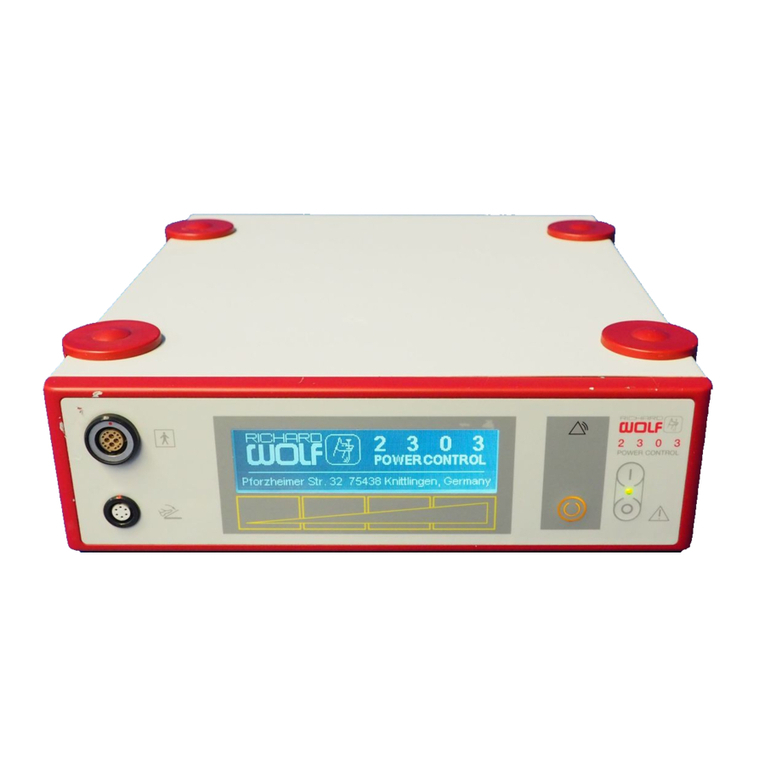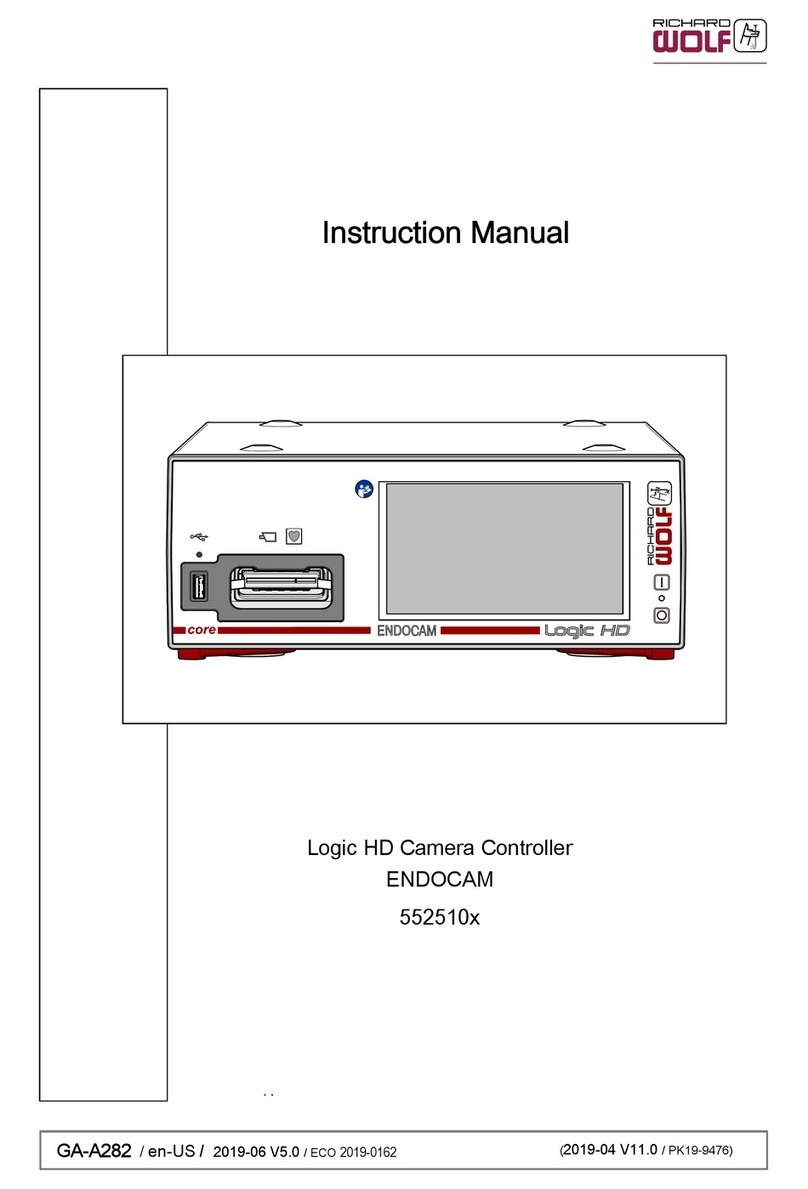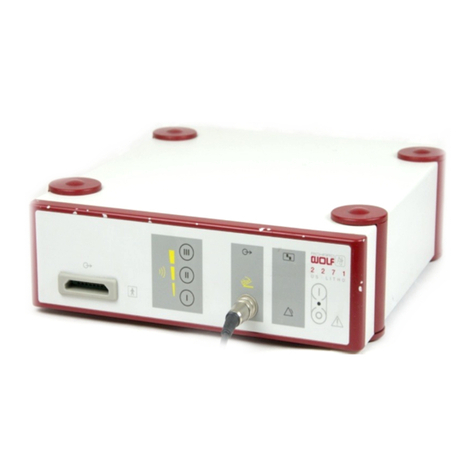
II G A -- A 2 3 8 -- U S A
5Use 24......................................................................
5.1 Operating principle 24.........................................................
5.2 Controls and modes 24........................................................
5.2.1 Control and display 24.........................................................
5.2.2 POWER DRIVE ART1 ON/OFF 24.............................................
5.2.3 Foot switch mode in 2--pedal or 3--pedal mode 25.................................
5.2.4 Emergency shut--down of handle motor 25.......................................
5.2.5 Automatic recognition of the connected handle and tool 25.........................
5.2.6 Controlling Power Stick M5/3 via its control buttons 28.............................
5.2.7 Controlling the Micro Stick S1 using the button 28.................................
5.2.8 Controlling Power Drill M1 29...................................................
5.3 Setting the parameters on the device and using the foot switch 30...................
5.4 Device operation 34...........................................................
5.4.1 Speed setting 35..............................................................
5.4.2 Positioning the cutting window with connected rotary blade 35.......................
5.5 Error messages 36............................................................
6 Operation in the RIWO NET SYSTEM 37.......................................
6.1 Combination with RIWO NET SYSTEM 37.......................................
6.2 Operation 37.................................................................
6.3 Connection to the RIWO--NET SYSTEM 38......................................
6.4 Controlling the devices using the RIWO--NET menu 39.............................
6.4.1 Controlling the devices via the different input media 39.............................
6.4.2 Menu layout 39...............................................................
6.4.3 Main menu 40................................................................
6.4.4 Function of handle 40..........................................................
6.4.5 Speed function 40.............................................................
6.4.6 Window function 40...........................................................
6.4.7 Torque function 40............................................................
6.4.8 Oscillation function 40.........................................................
6.4.9 Direction of rotation function 40.................................................
6.5 System messages 41..........................................................
6.5.1 Operator’s notes 41...........................................................
6.5.2 Fault/error 41.................................................................
7 Cleaning, sterilization and maintenance 42....................................
7.1 Disinfecting of POWER DRIVE ART1 42.........................................
7.2 Maintenance of POWER DRIVE ART1 42........................................
7.2.1 Maintenance intervals 42.......................................................
7.3 Reprocessing procedures 43...................................................
7.3.1 Power Stick M4, M5/0, M5/3, Micro Stick S1 43...................................
7.3.2 Rotary blades / cutters 46......................................................
7.3.3 Power Drill M1 with accessories 48..............................................
7.4 Low--temperature sterilization 49................................................
7.4.1 Gas 49......................................................................
7.4.2 Alternate sterilization methods 49...............................................
8 Technical description 50.....................................................
8.1 Troubleshooting 50............................................................
8.2 Technical data of POWER DRIVE ART1 51.......................................
8.2.1 Interfaces 51.................................................................
































